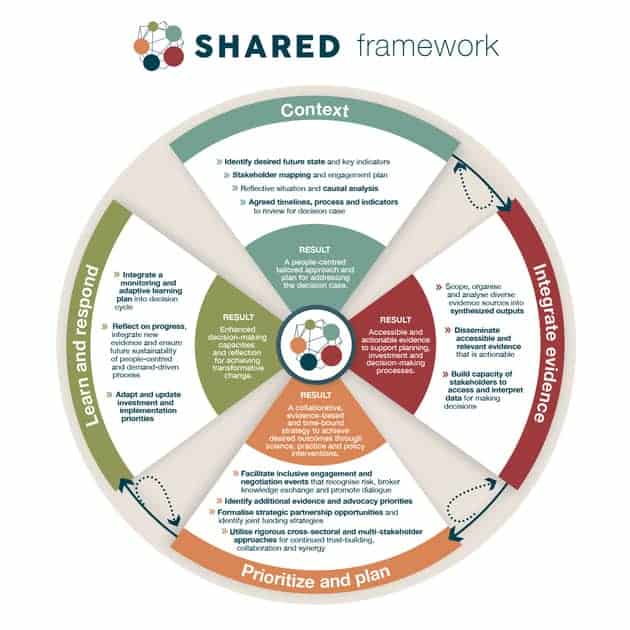What makes an integrated development plan truly integrated?
- From
-
Published on
08.05.20
- Impact Area

When the Turkana County Government in Kenya partnered with the Stakeholder Approach to Risk-Informed and Evidence Based Decision (SHARED) Hub to strengthen their capacity to make decisions based on inclusivity and evidence, the results were game-changing.
Kenya offers a particularly interesting case study in effective integrated development planning because its political structure was reformed fairly recently. The 2010 constitution put in place a two-tier system of governance – a national government and 47 county governments – giving new decision-making powers to the county level. With this legislative change, counties had to submit County Integrated Development Plans to access funds. During the first five-year planning cycle (2013–2017), annual budgets were hastily constructed, plans for different sectors were pieced together and little attention was paid to integration.
Related news
-

ICRISAT to Deliver World-Class Services as CGIAR’s Breeding Resources South Asia Hub
International Crops Research Institute for the Semi-Arid Tropics (ICRISAT)07.07.25-
Biodiversity
-
Food security
Strategic collaboration to scale innovation and deliver harmonized, high-quality support across CGIA…
Read more -
-

Multifunctional Landscapes that reconcile food production, with ecosystem restoration and biodiversity conservation
Multifunctional Landscapes Science Program06.07.25-
Biodiversity
-
Environmental health & biodiversity
The CGIAR Multifunctional Landscapes Science Program (MFL SP) is driven by a bold vision of…
Read more -
-

Ensuring water security in Africa requires gender-transformative change at scale
Gender Equality and Inclusion Accelerator13.06.25-
Gender equality
-
Gender equality, youth & social inclusion
Water insecurity impacts agrifood systems across Africa— impacted by climate change, coloni…
Read more -
